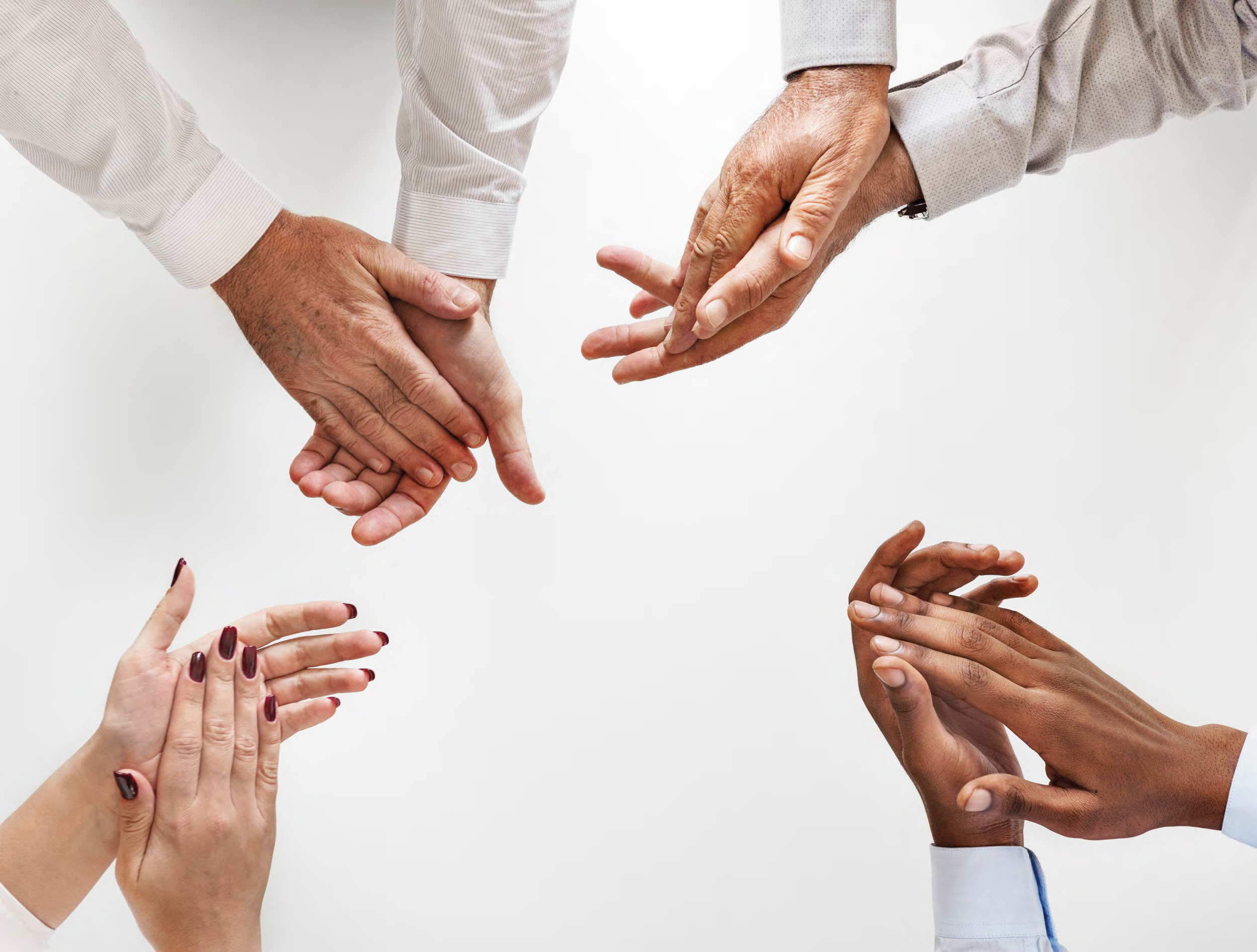
The human hand is a complex yet, beautiful structure. The lines, ridges, bumps, contour, hard and soft components make for an intricate network that is called the “hand.” From the previous edition, we established the definition of the hand and differentiated it from the forearm, arm and upper limb. To recap, the hand is from the tip of the fingers to the beginning of the wrist joint. The wrist joint is where the hand and forearm meet that allows for movement of the hand. The forearm is the stretch from the bottom part of the wrist to the elbow, while the arm is the stretch from the elbow to the shoulder.
Overall, there are twenty-seven bones in the hand and wrist. The hand consists of five fingers all made up of three bones, except the thumb which has just two. Underneath the fingers are five bones called “the metacarpals” (meta=five), the metacarpals are followed by the eight carpals (wrist bones). There are over thirty different muscles that contribute to use and movements in the hand with attending tendons, ligaments, muscle sheath, veins, arteries and nerves. These also include muscles of the forearm that also help in hand mobility via the wrist like the hand extension (when you move your hand so that your fingers are upright pointing skyward). There are three nerves in the hand that have both sensory (sense of touch, feel) and motor (movement) functions; they are the radial, median and the ulnar nerves. Using the right hand with palm facing you – the radial nerve supplies the half thumb from wrist base of nail, medial nerve serves the second half of the thumb up to half of the ring finger, and the ulnar nerve serves the second half of the ring finger and the little finger; with your palm away from you, the radial nerve serves the thumb up to the first half of the ring finger leaving out the nails to fingertip for the median nerve, while the ulnar nerve serves the second half of the ring finger and the little finger. Injury to one of these nerves could be very serious, leading to loss of function in the hand.
“What makes the hand special is that the brain also works closely with the muscles to execute actions that require steadiness and coordination.”
The hand is made even more interesting in that, it has a direct link to the brain. The hand-brain connection is so important as it helps to decide so many things such as how long you reach out for to get that item, how much force you need to exert when opening the jar, how quickly you remove your hand from a heated surface etc. The hand and brain are in constant communication, even when speaking, your hands join the conversation by gesticulating. The brain cortex which is responsible for this also works with other body parts. What makes the hand special is that the brain also works closely with the muscles to execute actions that require steadiness and coordination. An injury to the brain cortex from a stroke, road traffic accident, sports or falls may impact hand function with respect to coordination. Hence, such an individual must relearn hand use and coordination. Very important to note here is that the right side of the brain controls the use of the left hand, while the left part of the brain controls the use of the right hand. It is therefore advisable to involve both hands in activities of daily living as much as possible. Any dormant or inactive part of the brain remains while the more active part improves, benefitting overall body function.
We use the hands for a variety of functions, some of which require brute force, gentle and more relaxed uses. We also pick up objects using different grip styles depending on the object. The complexity and versatility of the hand (the same hand can be used to communicate love and affection, and it can also be used to stop an attacker or break down a door), makes it necessary to take adequate care of it. Like the wrist, the hands require intentional care. Imagine if you had difficulty using your hands or excruciating pain that could have been avoided if you followed a guide like this:
- Try to rest your hand if your job involves repetitive use. Repetitive Stress Injuries (RSI) are a major cause of pain and inability to use the hand. With the increasing use of smart devices and having to type a lot, most people will at some point experience RSI. If you can, take a break once your hand begins to feel tired, say every thirty minutes of constant clicking and typing. Working when the hand is tired will make it worse. It is recommended that you get up from your desk, stretch your hand muscles and rest your eyes as well.
- Use adequate support systems for your hands that are ergonomically compliant. We now have ergonomic mouse pads, ergonomic keyboards, and ergonomic mouse.
- Wear protective gear when working with special equipment that causes great vibrations, has sharp edges, and seek help with complex machinery.
- Regularly exercising and stretching hand muscles will go a long way in keeping the hand healthy and prevent injuries from RSI.
- Be careful with knives and sharps.
The hand is indeed beautiful with an intricate network of blood vessels, bones and soft tissues. It works with the brain to execute day to day functions. The hand, therefore, should be cared for exclusively. To know more about physiotherapy for hand conditions, do see a physical therapist.
Opeyemi Bakre is the Director of Services at Pro-Health Community Physiotherapy. A for-profit health and wellness organisation that aims to improve quality of life through health promotion, education and awareness, and physiotherapy. They pride themselves on being fun while working to achieve desired goals.
Email: [email protected]
Website: www.communityphysio.com.ng
Featured in Prestige Magazine Issue 3. Vol.3 2018



